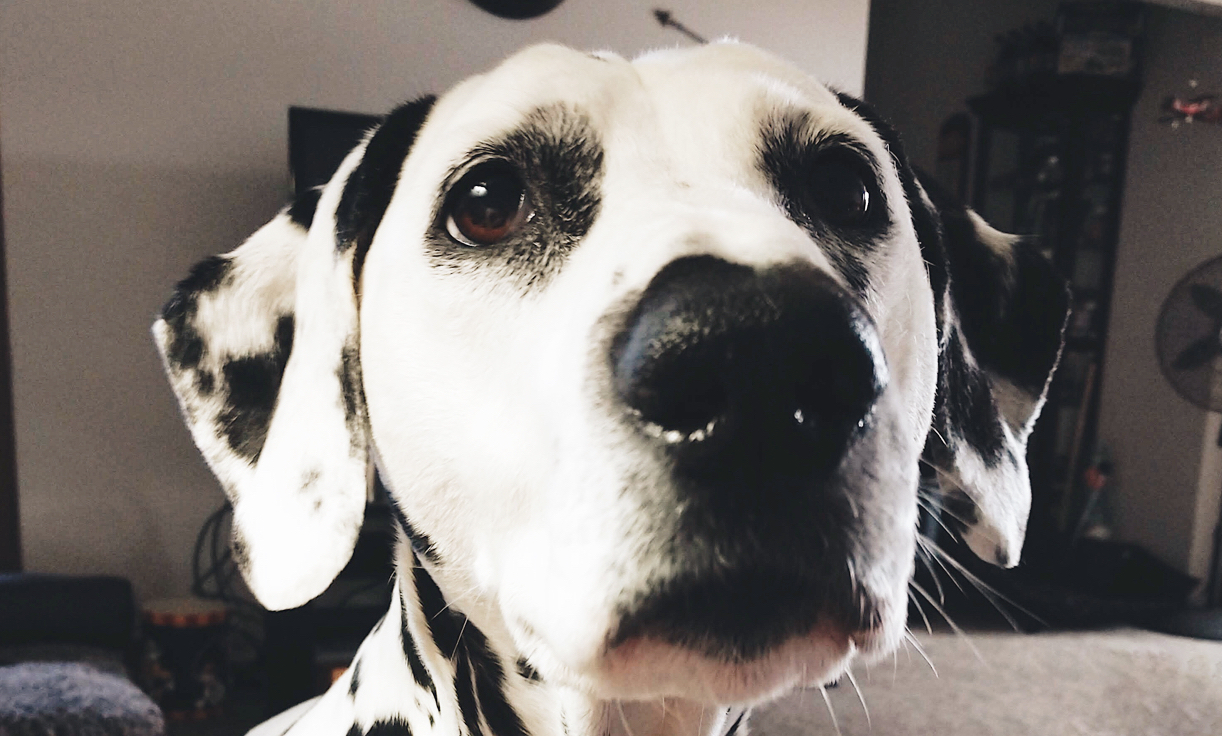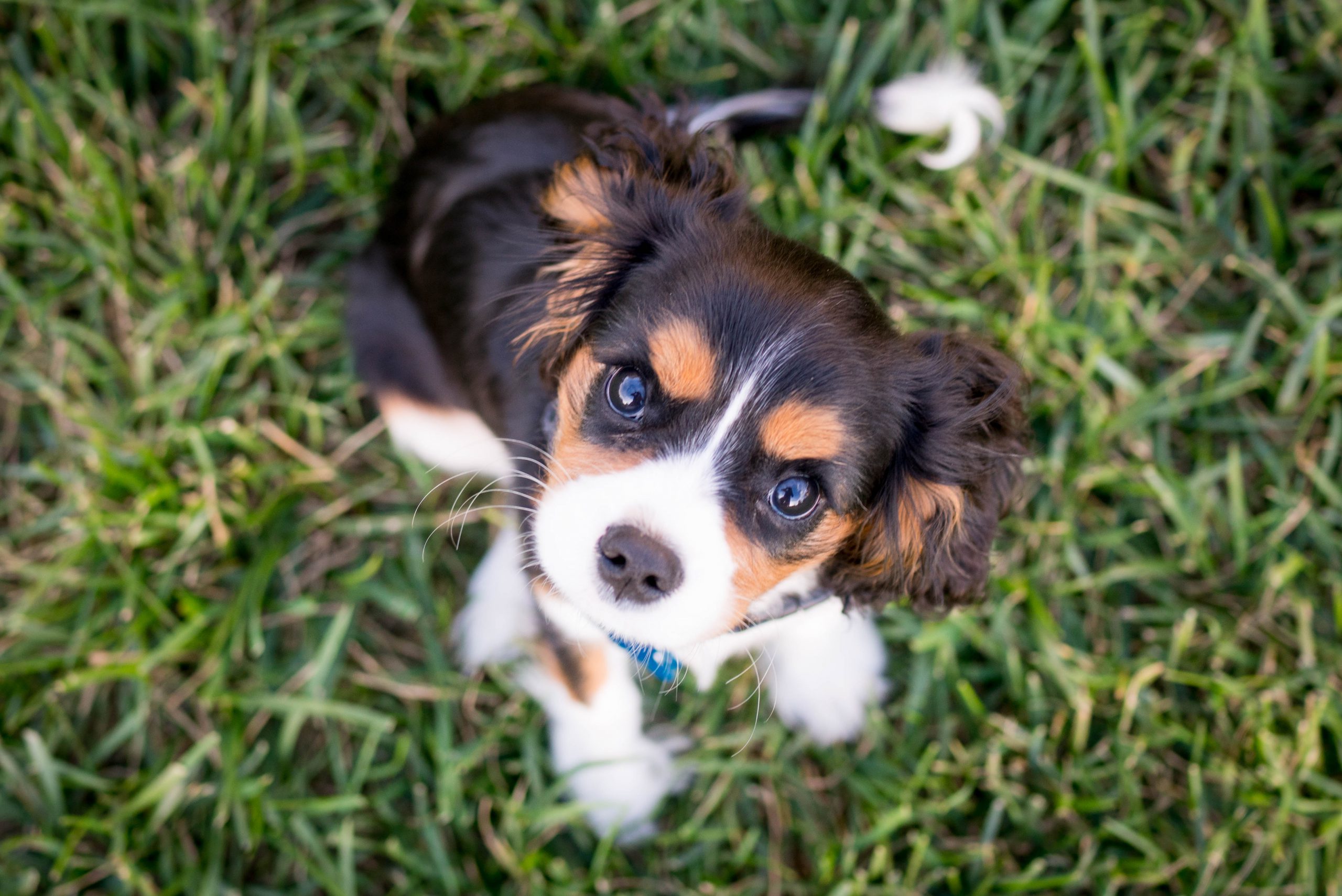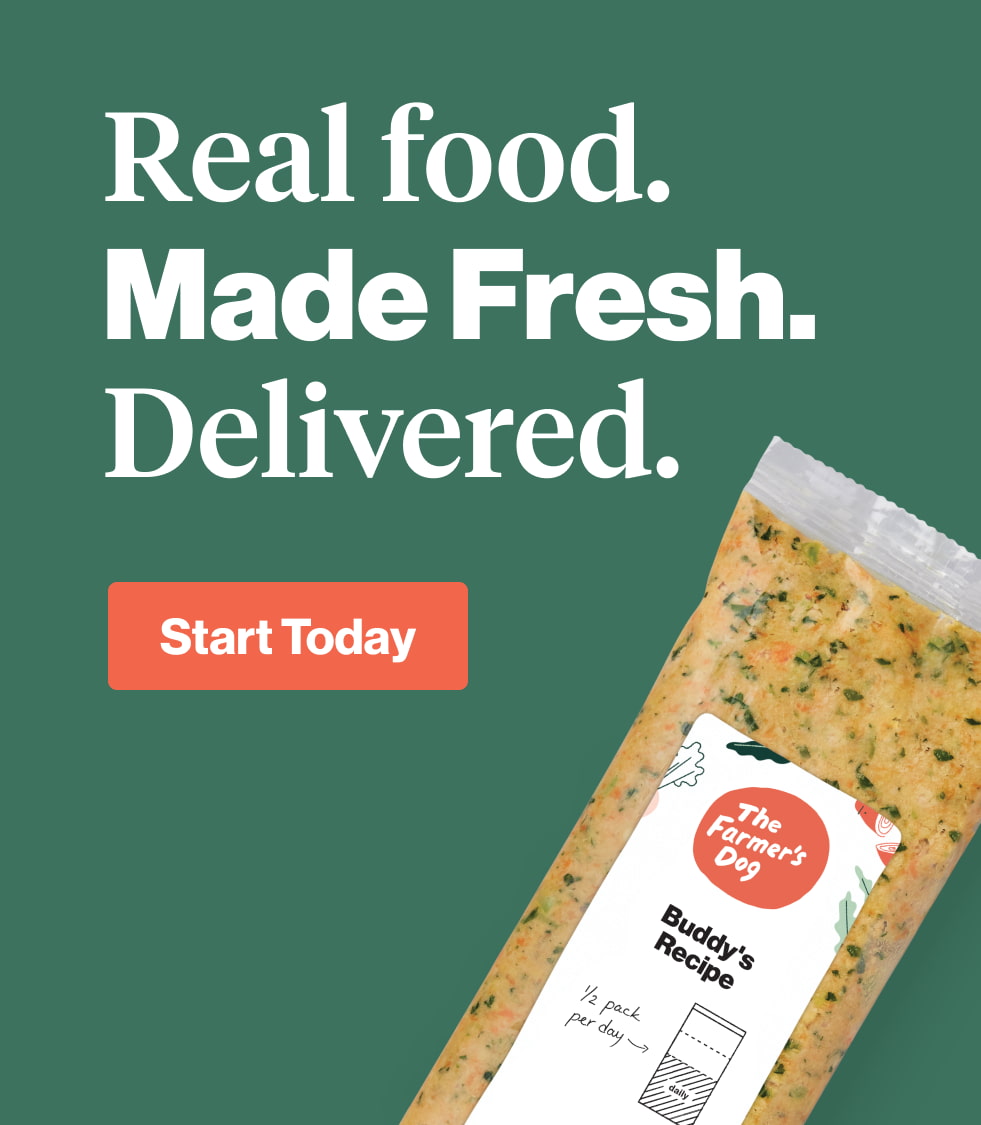Winter is a golden opportunity for our dogs to make their way under dinner tables heaped with food, sniffing for scraps of garlic potatoes and roasted chicken. It’s a good time to review the most dangerous foods for your dog (toxic ingredients like onion and garlic are often hidden in dishes like soups and stews), but contrary to popular belief, not all table food is bad for our dogs.
So where does this myth come from? Marketing, for starters. After the invention of processed dog food, manufacturers were still struggling to successfully convince pet owners to replace real food with new, commercial varieties. So in the mid 1960s, the pet food industry launched a marketing campaign imploring consumers to “Ban All Table Scraps” from their pets’ bowls and switch to dry kibble. It worked, and, at least in the U.S., we’ve been hesitant to give our dogs “human food” ever since.
But dogs experience the same health benefits that we do when they consume fresh food, so the human grade food found on your table can actually be more appropriate for a dog to eat than the default dog food, ultra-processed kibble. There are a few caveats.
Be sure you’re not adding too many table scraps on top of your dog’s daily food allowance, otherwise you risk weight gain which is a serious matter for dogs. And too many foods that fall outside of your dog’s meals can throw off the nutritional balance that those meals provide. “Treats,” or extras should make up no more than 10% of a dog’s daily food intake.
What table foods can dogs eat?
Avoid anything fried or cooked with additives and stick with whole, fresh foods like meat, vegetables, and fruit. These are best in their natural states or lightly cooked, and are not only safe for your dogs, but also beneficial for their health. Fresh food is also easier for your pup to digest than processed dog food and can lead to better breath, a shinier coat, and a trimmer waistline. How many brown balls of kibble can promise that?
Remember, a few pieces of fresh turkey or broccoli in your dog’s bowl can be an amazing snack, but they don’t count as a regular, balanced meal. If you want to experience the benefits of switching your dog over to an all-fresh diet, make sure you’re feeding nutritionally balanced recipes that have been formulated by a veterinary nutritionist.
What table scraps should I avoid?
While certain table foods are safe to share with your dog, you should keep the pizza and French Fries for your own cheat days. Everyone knows about chocolate, but here’s a quick recap of the table scraps that still deserve their bad rep.
Fried foods or dishes with added salt and spices (most Americans cook with copious amounts of butter and oil, making many holiday dishes a potential nutritional land mine for dogs — and humans.)
Garlic and onion (they contain allium, which can damage your dog’s red blood cells and even cause them to burst).
Grapes and raisins (the exact toxin in this fruit family hasn’t been pinpointed, but grapes are high on the No Fly List for your dog’s bowl).
Packaged foods (artificial sweeteners like xylitol can sneak into packaged desserts, candies, and condiments and are some of the most dangerous ingredients for dogs).
Peaches and avocados (peach pits are poisonous, to say nothing of their danger as a choking hazard, while avocados contain a toxin called persin.
Tomato plants (a ripe tomato is fine, but a green tomato or any part of the plant itself can be toxic).
– Cooked bones (chicken bones, we’re looking at you)
Raw potatoes (cooked is safe, but skip the buttery mashed variety).
While your pup would no doubt love a plate of macaroni and cheese this holiday, rich foods can cause diarrhea, vomiting, and even pancreatitis if consumed in high quantities. The good news is that your dog will be just as happy enjoying a plate of steamed Brussels sprouts dressed in Turkey broth. So go ahead, put some leftover superfoods in that bowl and let the dogs join in on the holiday fun this year.
Image: @ps.ny.







